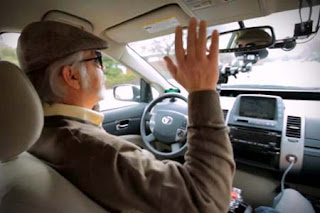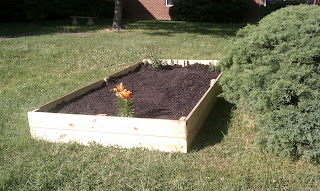Apollo Moon Missions
Have you ever really stopped to think about the first men on the moon? It's pretty cool to think about what happened 43 years ago in 1969.... NASA eclips is a great place to find video clips that are research based and not fake! Yes, I spent a while googling Apollo moon landing on YouTube to find a bunch of ....well, junk. However, this clip is amazing! It was actually made for high school students, but I found it very friendly for 4th/5th graders. The clip is called History in the Making. Once you get the kids hooked on the Apollo mission, then you may want to continue on with future moon exploration videos. I recommend: Nasa's new moon robot to learn more about the future of moon exploration as well as Nasa's Lunar Habitat Structure. Just looking for a good video clip on the moon? I recommend Our World: The Moon. There is so much more to search for on the NASA website...I only wish I had the time to use it all!




